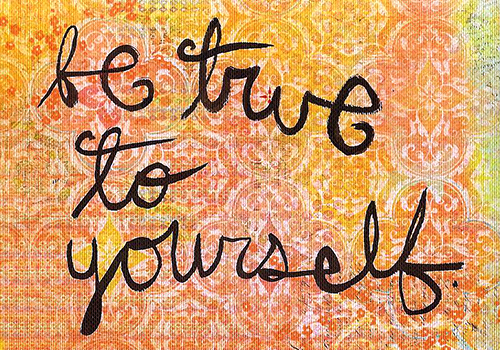How to Find Your Own Writing Style

Tropes and cliches can be hard to avoid, especially when you’re working within specialized genres or categories. Tom Siddell, creator of the webcomic Gunnerkrigg Court , reminds us why it’s so important to write for yourself:
Sci-fi stories don’t always need spaceships, just like fantasy stories don’t always need swords and sorcery. In fact, relying on popular tropes might be off-putting to readers who already are not fans of a particular genre.
Keeping that in mind, I took elements of sci-fi and fantasy that I enjoyed and tried to present them in original and interesting ways when I started working on the story for my comic. I wanted to explore some of the fun, more obscure European myths, and I introduced those creatures irreverently. In contrast, the robots that inhabit the world of my comic have very spiritual personalities, and live strange, searching, solemn lives. I thought this was an interesting play on typical fantasy and sci-fi conventions.
Don’t go for style in your work, go for substance.Looking back at the early chapters of my comic, I realize I was trying too hard to be stylistic when I should have been aiming for clarity.
It’s tempting to see another creator’s “style” and want to emulate it or cultivate your own, but you don’t see the time and effort it took for that creator to reach that final, polished work you enjoy. This is especially true in-genre. You might think a fantasy story has to be told with a lofty, flowery language, or sci-fi is all about techno-babble and hard edges. Luckily, it doesn’t have to be that way! Be clear and to the point when trying to convey your message, and your own style will develop naturally.
You must be able to motivate yourself to work without outside influence. The urge to share your unfinished work and receive creative validation is tempting, but doing so can extinguish the creative spark that got you started in the first place.
You have to hold your own interest first, otherwise you will never hold the interest of others.Of course, once you finish your work, then you can start worrying about rewrites, editing and critique! When it comes to feedback, I listen to criticism about the nuts and bolts: the art, the pacing, the technical side of it.
When someone comments on the content of the story, I have to be objective. I try to make a distinction between genuine criticism and a reader’s personal preference in order to tell the story I want to tell.

Tom Siddell writes and draws the comic Gunnerkrigg Court, which can be found online, as well as in book and comic stores.
Top photo by Flickr user Samie Harding.
Chris Baty's Blog
- Chris Baty's profile
- 63 followers



